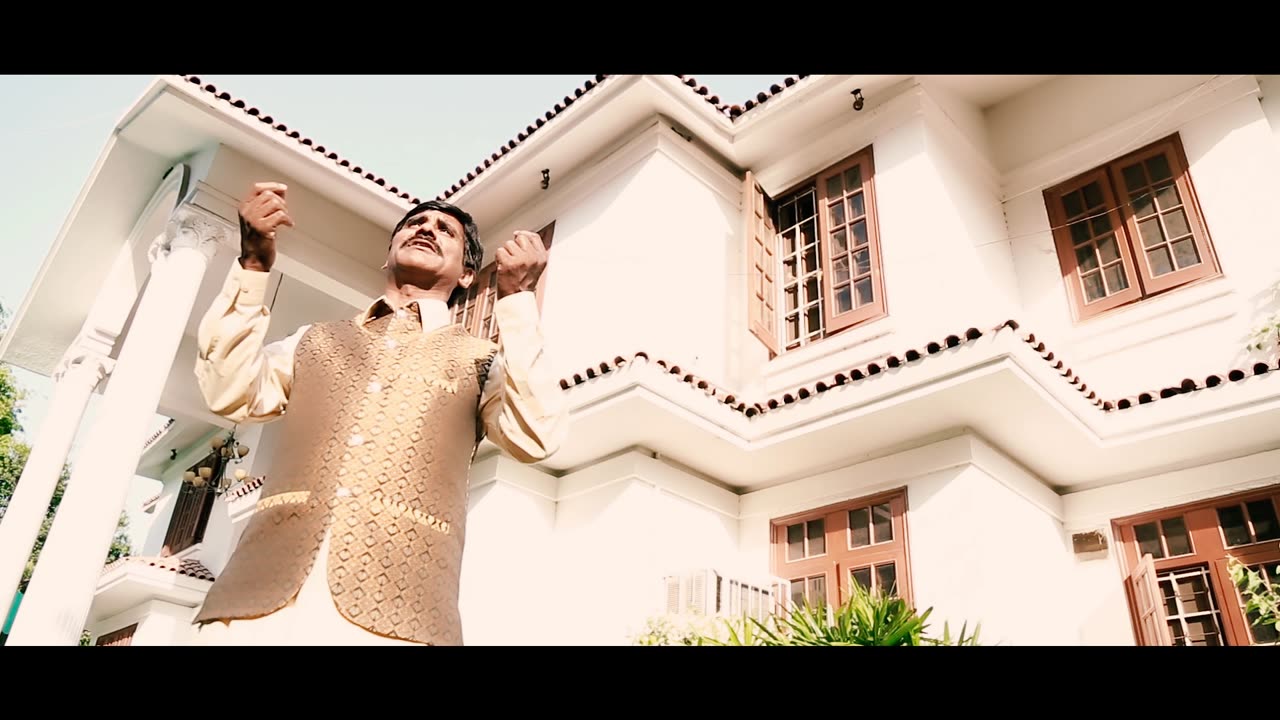Premium Only Content

sady naal bewafa sanjha muka gaya
The video opens with a picturesque view of the rural Saraiki landscape. Lush green fields, rustic villages, and colorful attires set the backdrop. The camera pans across scenes of farmers working in the fields, women engaged in traditional crafts, and children playing traditional games.
As the music starts, a melodious Saraiki tune fills the air. The rhythm is upbeat and infectious, reflecting the joyful spirit of the region. The song's lyrics often revolve around themes of love, local folklore, and everyday life.
The video showcases local artists dressed in vibrant traditional Saraiki attire. The women wear intricately embroidered dresses with bright colors and reflective jewelry, while the men don colorful turbans and traditional shalwar kameez. The choreography blends traditional dance moves with contemporary elements, creating a dynamic and visually appealing performance.
Throughout the video, there are shots of mouthwatering Saraiki cuisine being prepared and enjoyed. Traditional dishes like "Sajji" (spit-roasted meat), "Daal Chawal" (lentils and rice), and various types of bread are showcased, emphasizing the importance of food in Saraiki culture.
As the song progresses, the video transitions to showcase the warmth of Saraiki hospitality. People gather in large, lively gatherings, dancing and celebrating with infectious energy. The sense of community and togetherness is evident, reflecting the values of the Saraiki people.
The video reaches its climax with a crescendo of music and dance. Colorful confetti fills the air as dancers perform intricate routines, and the camera captures the genuine smiles and enthusiasm of the participants. The video ends with a breathtaking aerial shot of the Saraiki landscape at sunset, leaving viewers with a sense of awe and appreciation for the region's beauty.
Overall, a Saraiki video song encapsulates the essence of the Saraiki culture, combining traditional elements with modern flair, vibrant visuals, and foot-tapping music. It's a celebration of heritage, unity, and the indomitable spirit of the Saraiki people.
-
 1:31:29
1:31:29
Brandon Gentile
1 day ago25 Year Wall Street INSIDER: $1M Bitcoin Soon Is Just The START
18.2K -
 LIVE
LIVE
SpartakusLIVE
7 hours ago#1 Birthday Boy Celebrates with MASSIVE and HUGE 4.8-Hour Stream
340 watching -
 55:54
55:54
Man in America
8 hours agoFrom Oil Barons to Pill Pushers: The Rockefeller War on Health w/ Jeff Adam
47K4 -
 3:02:18
3:02:18
Barry Cunningham
6 hours agoBREAKING NEWS: PRESIDENT TRUMP THIS INSANITY MUST END NOW!
92.8K168 -
 3:58:27
3:58:27
StevieTLIVE
5 hours agoWednesday Warzone Solo HYPE #1 Mullet on Rumble
37.8K -
 5:58
5:58
Mrgunsngear
6 hours ago $3.67 earnedBreaking: The New Republican Party Chairman Is Anti 2nd Amendment
29.3K9 -
 2:28:35
2:28:35
Geeks + Gamers
5 hours agoGeeks+Gamers Play- MARIO KART WORLD
28.7K -
![(8/27/2025) | SG Sits Down Again w/ Sam Anthony of [Your]News: Progress Reports on Securing "We The People" Citizen Journalism](https://1a-1791.com/video/fww1/d1/s8/6/G/L/3/c/GL3cz.0kob.1.jpg) 29:34
29:34
QNewsPatriot
6 hours ago(8/27/2025) | SG Sits Down Again w/ Sam Anthony of [Your]News: Progress Reports on Securing "We The People" Citizen Journalism
21.8K2 -
 25:12
25:12
Jasmin Laine
11 hours agoDanielle Smith’s EPIC Mic Drop Fact Check Leaves Crowd FROZEN—Poilievre FINISHES the Job
24.5K23 -
 11:33:26
11:33:26
ZWOGs
14 hours ago🔴LIVE IN 1440p! - SoT w/ Pudge & SBL, Ranch Sim w/ Maam & MadHouse, Warzone & More - Come Hang Out!
14K